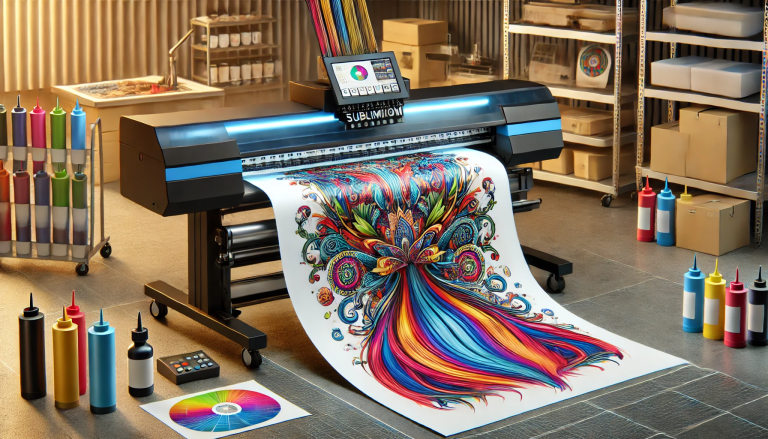Sublimation printing has become a popular method for transferring designs onto various materials, such as fabrics, ceramics, and metals, offering vibrant and long-lasting results. A common question that arises for those new to this technique is whether transfer paper is required for sublimation. To address this, it’s crucial to understand the sublimation process and the role of transfer paper within it.
Sublimation printing is a two-step process involving printing a design onto a special type of paper—known as sublimation paper—and then transferring that design onto a substrate through the application of heat and pressure. The ink used in sublimation turns from a solid directly to a gas under high temperatures, embedding the design into the material. This process is distinct from traditional printing methods, where the design merely sits on top of the substrate, making sublimation prints more resistant to fading and washing.
The Necessity of Transfer Paper in Sublimation
Transfer paper is an essential component of the sublimation printing process. Unlike regular printing paper, sublimation paper is specially coated to hold the sublimation ink. This coating allows the paper to release the ink efficiently when heated, ensuring the design transfers accurately and with high quality onto the substrate. Without this specialized paper, the ink would not vaporize correctly, leading to poor-quality transfers that are blurry or faint.
Types of Sublimation Transfer Paper
Sublimation transfer papers come in various types, each designed for specific applications and substrates. They vary in terms of ink load capacity, drying times, and transfer efficiency. Some common types include:
- High-release paper: Optimized for maximum ink release, resulting in brighter and more vibrant transfers.
- Low-release paper: Releases less ink, suitable for substrates that cannot withstand the heavy ink load without bleeding.
- Tacky paper: Has an adhesive quality that activates under heat, preventing the paper from moving during the transfer process. This type is particularly useful for textiles.
Considerations for Selecting Transfer Paper
When selecting a transfer paper, consider the following factors:
- Substrate compatibility: Ensure the paper is suitable for the material you’re transferring the design to.
- Ink compatibility: Some papers are designed to work better with specific types of sublimation inks.
- Printer compatibility: The paper must be compatible with the sublimation printer being used.
- Transfer conditions: The time, temperature, and pressure required for optimal transfer can vary between papers, so choose one that matches your equipment’s capabilities.
Alternatives and Innovations
While traditional sublimation requires transfer paper, advancements in technology have led to the development of direct-to-fabric sublimation printers. These printers eliminate the need for transfer paper by printing directly onto fabrics, but they are typically more expensive and are primarily used for specific applications, such as textile printing.
Conclusion
In conclusion, transfer paper is a fundamental component of the sublimation printing process. It plays a critical role in ensuring the high quality and durability of the transferred design. While innovations such as direct-to-fabric sublimation printers offer alternatives, the use of transfer paper remains the standard for most sublimation printing tasks. When choosing transfer paper, it’s important to consider the specific requirements of your project, including the type of substrate, ink, and printer, to achieve the best possible results.




